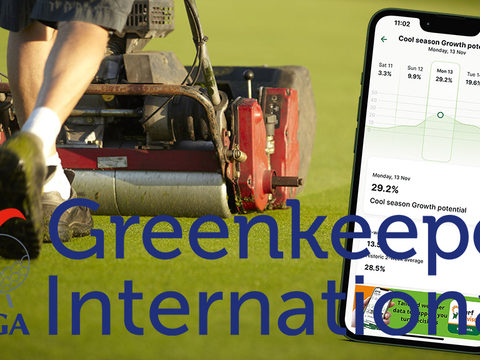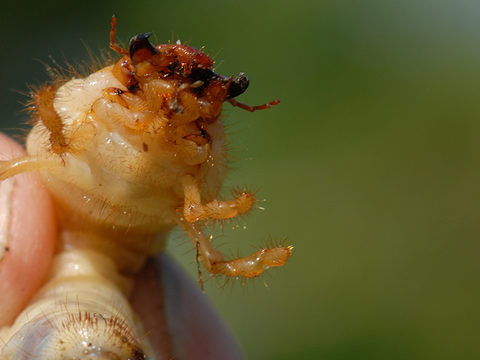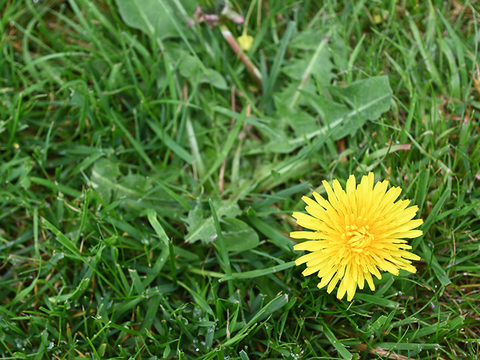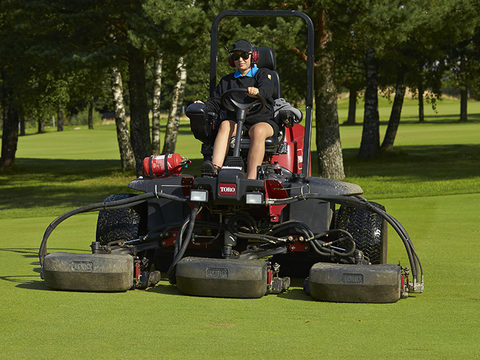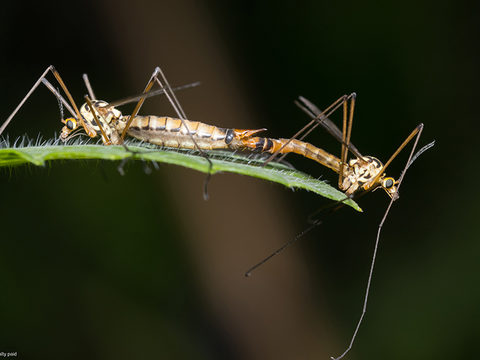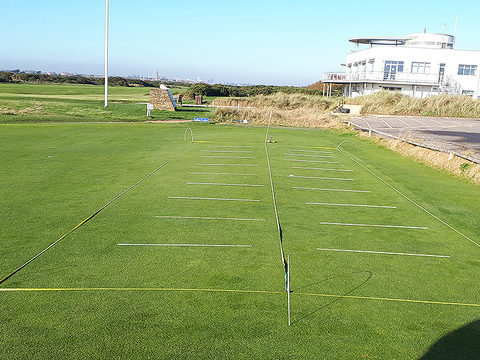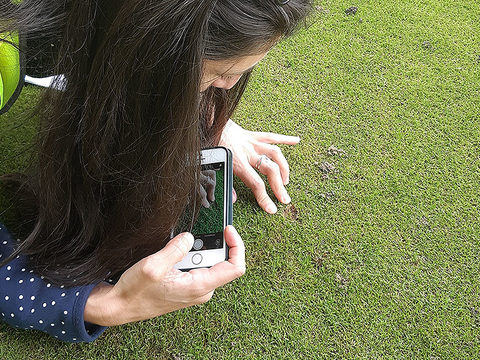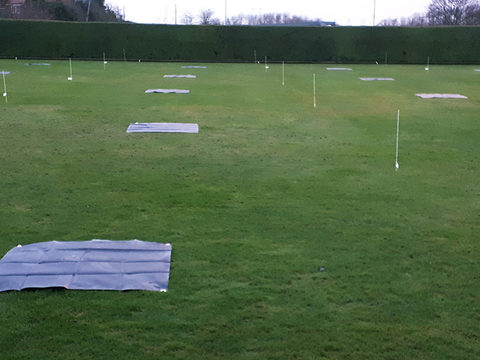MEASURING SUCCESS OF PROACTIVE DISEASE CONTROL
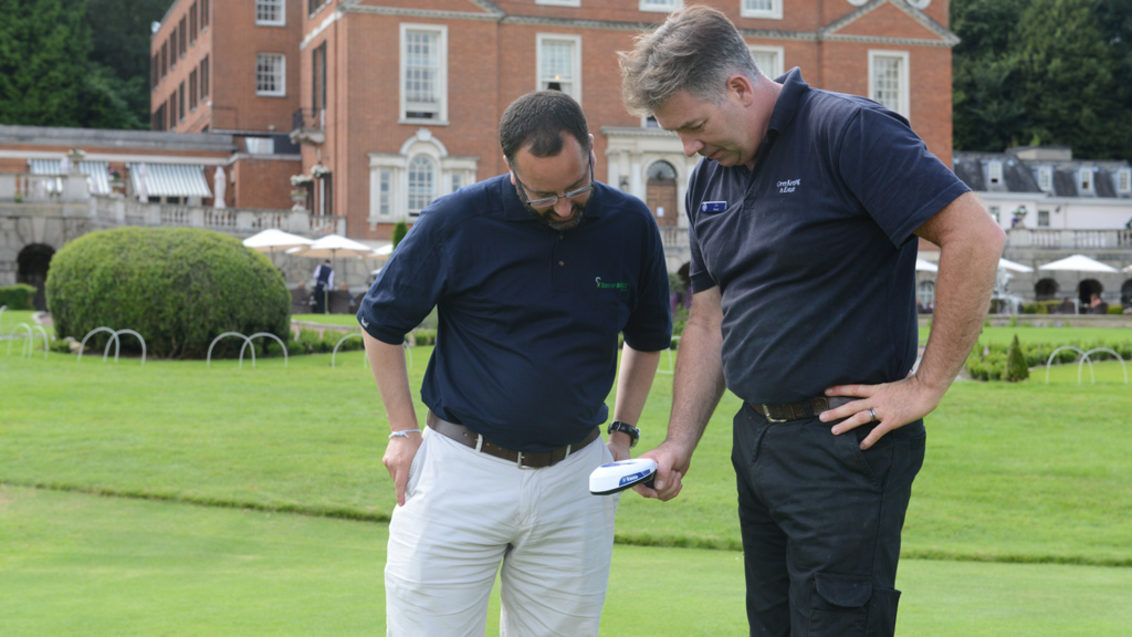
Can you manage turf entirely by numbers? Almost certainly not. There is years of accumulating experience, building knowledge and having a natural feel for what's required. But measuring turf quality by numbers is certainly of increasing importance; for a quantifiable gauge of playing surface performance is the best way to evaluate every action, and to learn what works best in any given situation.
Since taking over as Course Manager on the two courses at the Surrey country-club home of The Royal Automobile Club (RAC), Woodcote Park near Epsom, Lee Strutt has instigated a plan to measure and record the effects of turf management actions. The intention is to build a database of information that can help evaluate what has worked effectively and, crucially, how that can help make better decisions in the future.
"Every other aspect of the RAC business is constantly measured and evaluated against performance targets, and there's no real reason why course management should be any different," believes Lee (below). "It's not viewed as a threat by the food, shop or membership managers, but seen as a valued healthcheck of business quality and the best way to ensure they are operating in the interest of customers and the overall business."
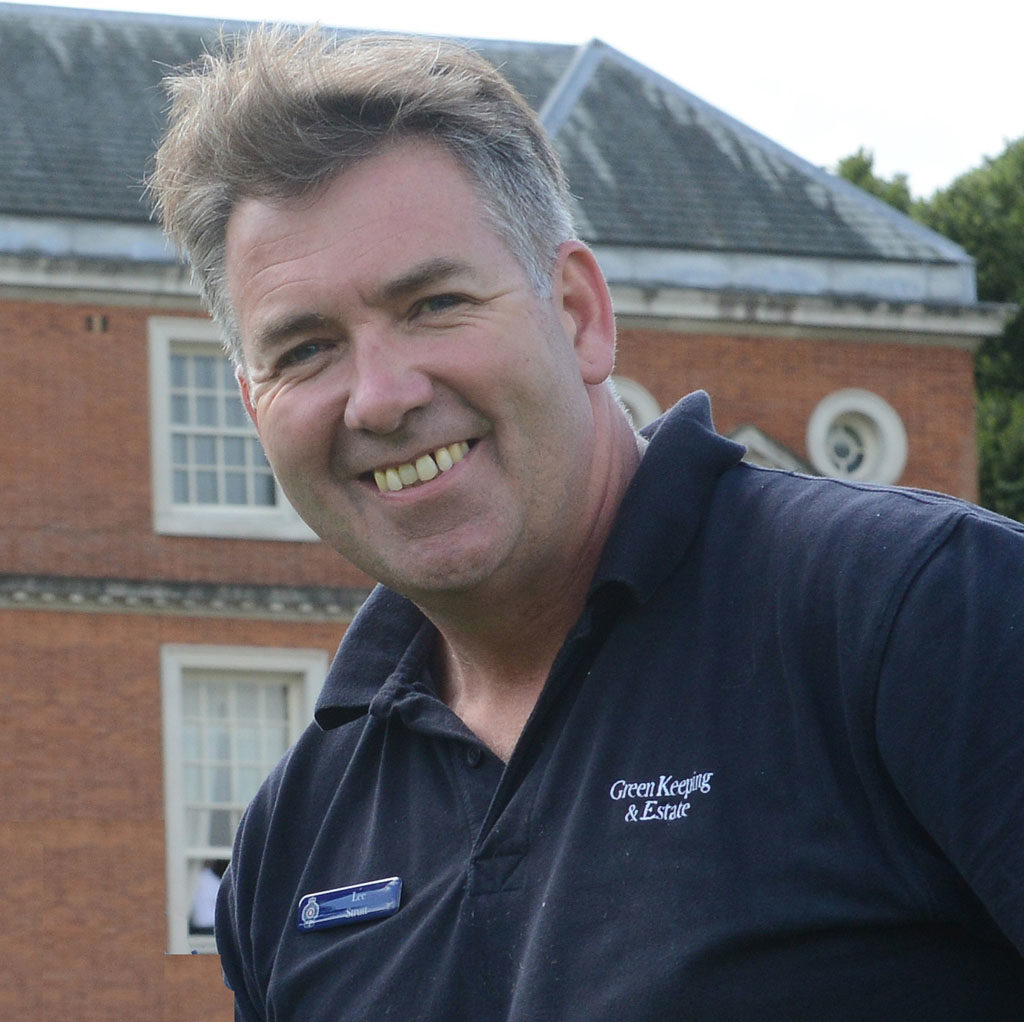
Some of the headline business performance measures for the courses include recording rounds played, society golf day fees and extensive player satisfaction evaluation. But Lee pointed out that many of those factors can be interrelated to measures on turf quality.
"Clearly turf quality and playability are inextricably linked to player satisfaction. There are things around the clubhouse and locker room or pathways, for example, that will affect player satisfaction to some extent, but fundamentally they come to play golf and it's the condition of the course that will have the greatest impact," said Lee.
"Ultimately our actions have a huge influence on the financial performance of the club," highlighted Lee. "Our aim is to keep the course open and playable 365-days a year, which means the club should never have to lose income from a booking, or dissatisfied member who doesn't think they have had value for money."
And that's where measuring and recording elements of turf performance such as speed, trueness, firmness and moisture, for example, has also given Lee an insight into the factors that influence playability, and the impact his actions as Course Manager are having on both turf quality and player satisfaction.
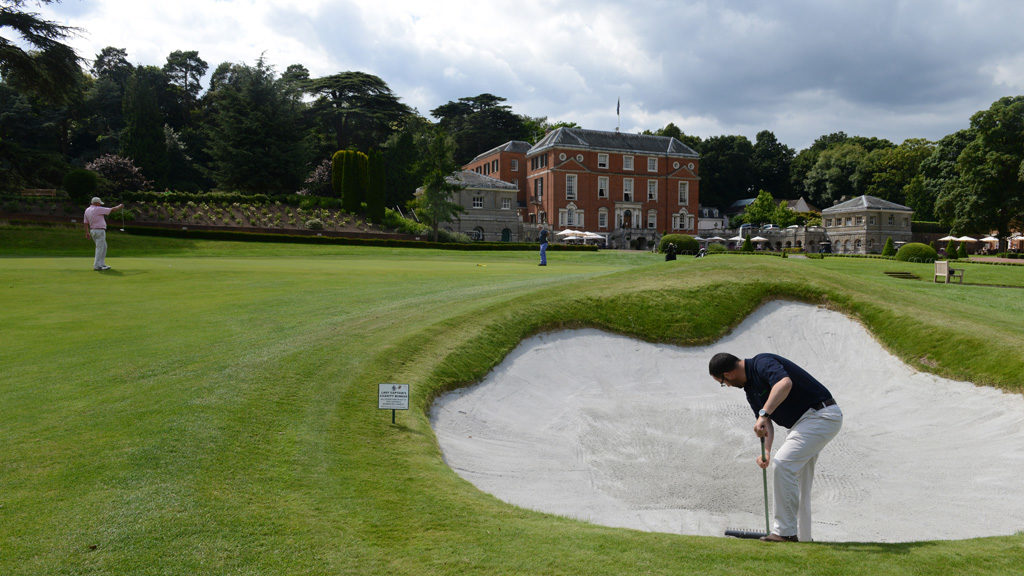
One of the targets set for Lee and his greenkeeping team is to project the Club into the Top 100 courses, which he believes is entirely attainable - whilst at the same also working to restore some the original architects' features and downland identity of the courses.
"Throughout the process the repeated mantra is high quality - which the whole Club ethos strives to attain," reported Lee. "But on the course management there were no real benchmarks to set ourselves against, or to see how we could incrementally improve year-on-year."
In setting up a comprehensive and routine measuring and recording programme across the Old Course and the Coronation Course performance, he now believes they have established a set of key performance indicators with graded criteria and scores that, if progressed and enhanced, will work for both improved playability for members, and better decision making for the greenkeeping team.
"Our aim is to remove subjectivity from the assessment of surface performance, and to use objective turf measurement tools to produce comparable data," advised Lee. "Then we can look at every element of the turf management and see how we can influence it."
He cited the example of soil moisture, which can be clearly linked to surface hardness and playability, but also has a significant effect on turf health and plant stress. Managing moisture with irrigation and watering from soil probe information is relatively straightforward, but much more complicated when interlaced with measurable data on weather, thatch, smoothness, trueness and plant vigour. Using tools to accurately measure, and record, impacts gives crucial guidance on success of any action.
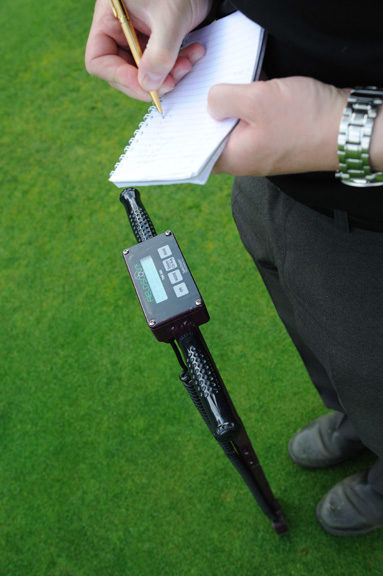
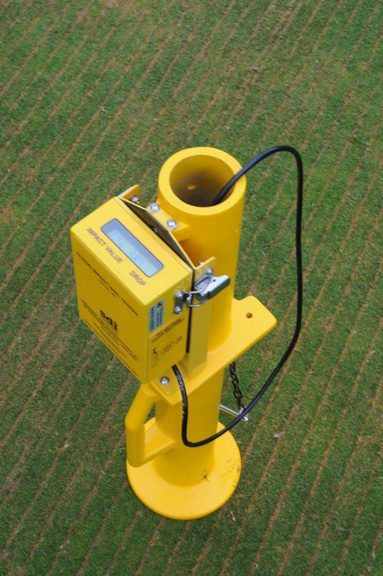
"No one element works in isolation," he added. "So we have to look at all the elements and decide which bit we can influence and how we can use an Integrated Turf Management approach to develop the most effective solution."
Fertility is also now being assessed far more carefully, using regular soil analysis to match inputs to the specific N, P & K requirements of the turf at any time of the season, in order to avoid wasteful over-application. As an additional benefit, Lee highlighted the analysis has also identified the importance of micronutrients on the chalk-base downland soils - particularly magnesium and manganese - which he has been able to redress.
"One of the allied benefits of all the reporting is that it supports the rationale for all the actions taken, which can help to protect the reputation of the Club, and of the greenkeeping team," he added.
Measuring results will also be integral to evaluating a new long-term fungicide strategy being implemented by Lee, in a trial with Syngenta's UK Turf Business Manager, Daniel Lightfoot. Historically, the Club's approach has, like many traditional courses, been to wait until disease had been seen affecting the greens, and then reacting to tackle the specific problems.
"One of the challenges of the reactive approach was that disease scars on the greens certainly had a significant visual effect, and a subjective negative reaction from players, but we didn't have any facts about the effects on ball roll and playability," reported Lee. "Being able to actually quantify the impact of scars using the Parry Meter will put that in perspective.
"Furthermore, when disease hits in late autumn or early winter, the effects can last for months and take half a season to renovate and fully recover," he added. "Recording regularly over the full season will evaluate the impacts on the far wider aspects of turf agronomy and management. It will also give us a direct comparison under our own conditions."
This season, however, Lee is adopting a strategic preventative approach on the Old Course, which can be directly compared maintaining to the historical reactive techniques on the Coronation Course. Throughout the programme, the effects will be measured and recorded using a range of tools to assess surface playability and turf plant health.
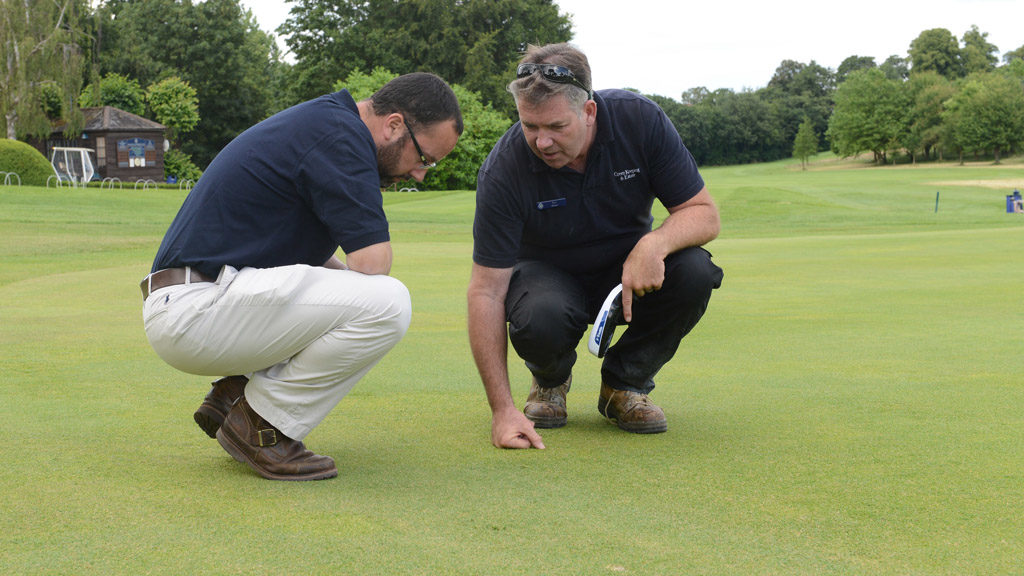
Daniel Lightfoot (above left, with Lee) pointed out that setting up the risk-based preventative strategy has included a comprehensive review of historic disease data from the GreenCast website, coupled to local knowledge of the courses, to identify where and when infection has hit in the past.
Together he and Lee have targeted appropriate treatments using risk assessment - based on weather conditions, grass species, nutrition, irrigation, historic disease records and other turf management influences. It will also use the GreenCast web disease forecasting system to identify risk and tailor application timing accordingly.
The winter 2016/17 programme for the Old Course is planned to include treatments using an initial Headway, whilst turf is still actively growing, followed by Instrata in late autumn for additional curative activity. The contact+ Medallion TL will target cleaning up disease pathogens in the thatch and for long lasting protection when conditions cool down. Lee will also have the opportunity to try a new development Syngenta fungicide in the programme when conditions are appropriate.
"This year we are probably going to be more risk averse and treat more comprehensively on the Old Course, to see how that works for us in terms of disease protection and turf quality," according to Lee. "However, the advantage of being able to truly record the effects is, in the future, we can further refine application needs and timing to what we know works."
His year, for the first time, Lee will also be taking readings of turf health using a hand-held NDVI meter - which can demonstrate plants' responses to nutrition, irrigation, disease infection or any number of stresses. Adopting new technology to increase the database of information will further aid the evaluation of treatments.
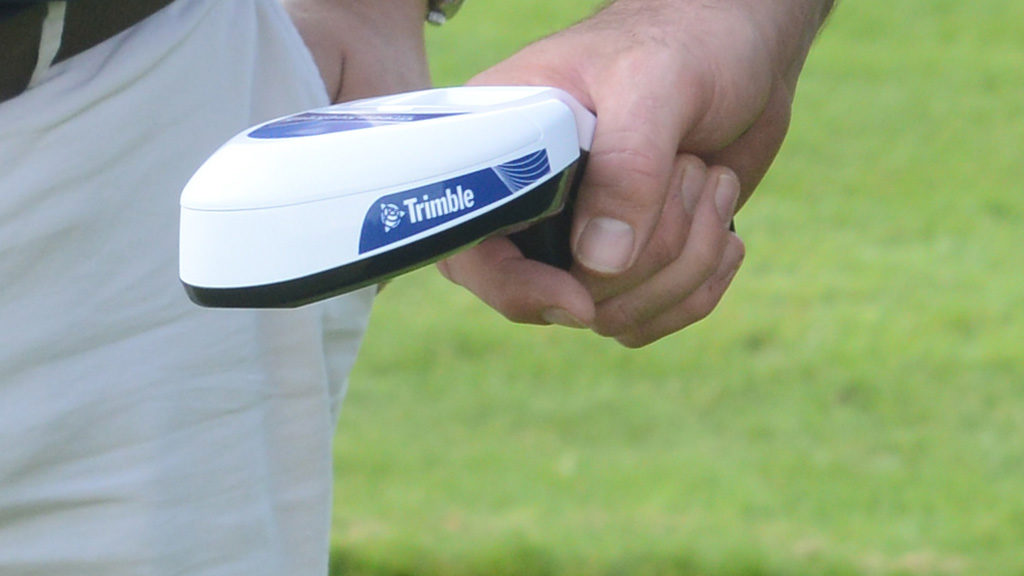
Daniel Lightfoot added: "The eventual aim is to build the fungicide treatments into the Lee's ITM programme. The approach fits the Syngenta philosophy of 'as little as possible; as much as necessary', which will assure any clubs' turf can be maintained at a standard that it considers appropriate.
"We welcome the opportunity to work with Lee and the RAC on an exciting initiative that will guide the way to get the best out of the disease control programme and provide the turf quality that he is striving to deliver for the club.
"At the heart of continuously getting better with everything we do is being able to objectively evaluate what has been done, and how that can help to do it better in the future. Lee is at the forefront of this approach," said Daniel.
Lee Strutt pointed out that one crucial element of the recording is having the computer capability to convert the numbers generated into useable data. Whether it is being discussed by the greenkeepers, or evaluated in meeting with the Club management team, presentation in graphs and showing trends has proven far easier to interpret and assimilate than columns of figures, he added.

